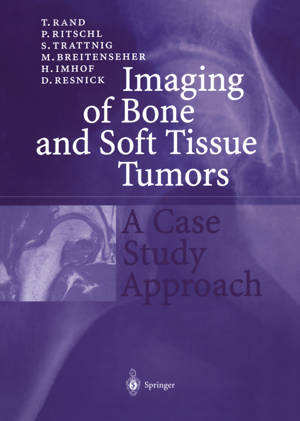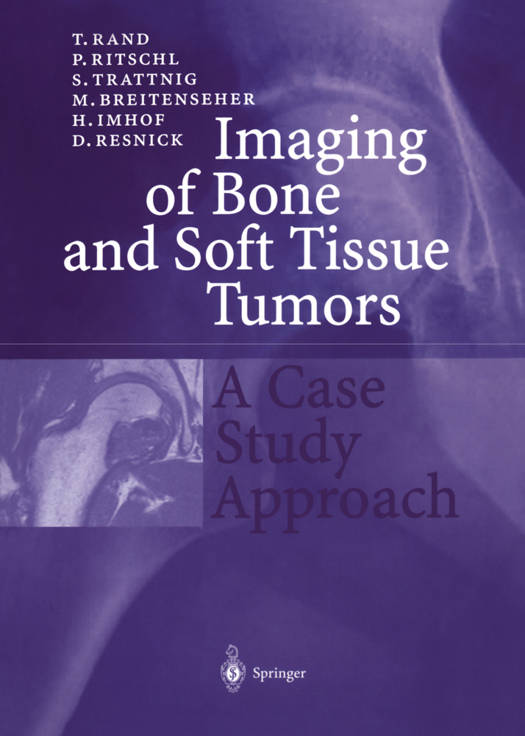
- Afhalen na 1 uur in een winkel met voorraad
- Gratis thuislevering in België vanaf € 30
- Ruim aanbod met 7 miljoen producten
- Afhalen na 1 uur in een winkel met voorraad
- Gratis thuislevering in België vanaf € 30
- Ruim aanbod met 7 miljoen producten
Zoeken
Imaging of Bone and Soft Tissue Tumors
A Case Study Approach
T Rand, P Ritschl, S Trattnig, M Breitenseher, H Imhof, D Resnick
Paperback | Engels
€ 52,95
+ 105 punten
Omschrijving
The accurate diagnosis of tumors and tumor-like lesions of bones and soft tissues is often challenging, owing in part to the large number of such lesions and their shared clinical manifestations. In the past, imaging of these tumors and tumor-like lesions was frequently limited to conventional radiography. In recent years, however, the application of more advanced imaging methods, especially CT and MR, to the analysis of these lesions has become common- place. Thus, the physician evaluating these tumors must become familiar with their manifestations in images derived from both conventional and advanced techniques. This book utilizes individual, carefully chosen cases to emphasize the im- portant imaging characteristics of a variety of significant tumors and tumor- like lesions of bone and soft tissue. The organization of each case includes a short clinical history, several figures that document the routine radiographic, CT and/or MR imaging features of the lesion, a discussion of the differential diagnostic considerations, the rationale for choosing the single most likely diagnosis, a description of the pathologic findings, and a few general com- ments regarding the specific disease entity. This format makes for easy and enjoyable reading and, further, allows the reader to test his or her knowledge of imaging findings in each individual case. This format is similar to that practiced at the viewbox or console each day at teaching centers throughout the world. It is a tested and effective method of instruction.
Specificaties
Betrokkenen
- Auteur(s):
- Uitgeverij:
Inhoud
- Aantal bladzijden:
- 166
- Taal:
- Engels
Eigenschappen
- Productcode (EAN):
- 9783540650966
- Verschijningsdatum:
- 28/08/2001
- Uitvoering:
- Paperback
- Formaat:
- Trade paperback (VS)
- Afmetingen:
- 193 mm x 269 mm
- Gewicht:
- 576 g

Alleen bij Standaard Boekhandel
+ 105 punten op je klantenkaart van Standaard Boekhandel
Beoordelingen
We publiceren alleen reviews die voldoen aan de voorwaarden voor reviews. Bekijk onze voorwaarden voor reviews.











